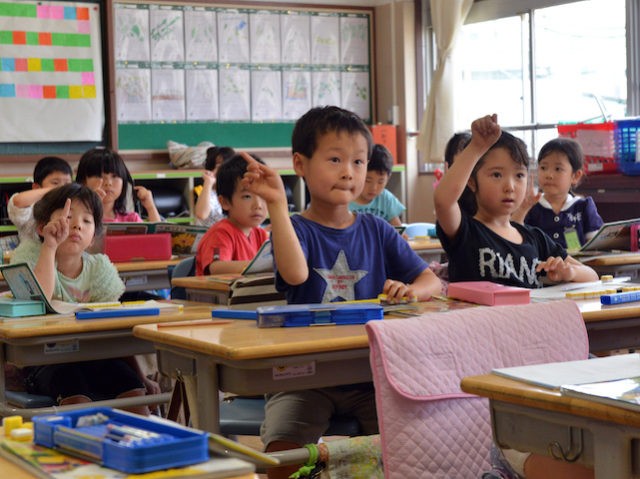Japan’s child population reached an all-time low last month after almost five decades of consistent decline, Japanese government data released on Tuesday revealed.
“The number of children aged 14 or younger stood at 14.93 million as of April 1, some 190,000 fewer than a year before and the lowest figure among comparable data available since 1950,” Japan’s Mainichi newspaper reported on May 4 citing newly published data from Japan’s Ministry of Internal Affairs and Communications.
“The ratio of children to the overall population also fell to its nadir at 11.9 percent after 47 straight years of decline,” the newspaper added. “Japan has the lowest such ratio among the 33 countries with a population of over 40 million, below South Korea’s 12.2 percent and Italy’s 13.3 percent, according to the U.N. Demographic Yearbook.”
Babies aged up to two years old accounted for 2.65 million of the 14.93 million Japanese children recorded as of April 1, a figure “relatively lower than other age brackets and reflecting a decline in the number of births,” Japan’s Ministry of Internal Affairs and Communications said.
The Mainichi on Tuesday noted Japan’s latest child population statistics “add[ed] to the evidence of the country’s aging population.”
Japan’s population decreased by a record 420,000 people in 2020 according to Japanese government data published in January. The population of Japan fell for the 12th straight year in 2020, breaking the previous record decline of 329,000 people set in 2019. Japan’s Ministry of Health, Labor, and Welfare estimated Japan’s population at 125.57 million as of January 1, 2021, “based on confirmed data through July [2020] and estimates based on births, deaths, and foreign arrival and departure data,” Japan’s Nikkei newspaper reported in February.
Japanese government officials at the time expected to report a significant drop in birth rates for Japan in 2020, the Nikkei noted. “Reported pregnancies fell 5.1 percent on the year [in 2020 compared to 2019] to about 727,000 for the 10 months through October,” according to Japan’s health ministry, “with a particularly steep decline starting in May [2020].”
Japan recorded a fertility rate of 1.4 for 2020, according to the 2021 U.N. State of the World Population report published on April 14. A fertility rate refers to the average number of children a woman is expected to bear in her lifetime. South Korea recorded the lowest fertility rate in the world, 1.1, in 2020, a figure only slightly lower than Japan’s. South Korea’s population shrank for the first time in its history in 2020 along with its birth rate. The statistics indicate that the country, like its neighbor, Japan, will likely face serious economic and cultural changes in the future.

COMMENTS
Please let us know if you're having issues with commenting.